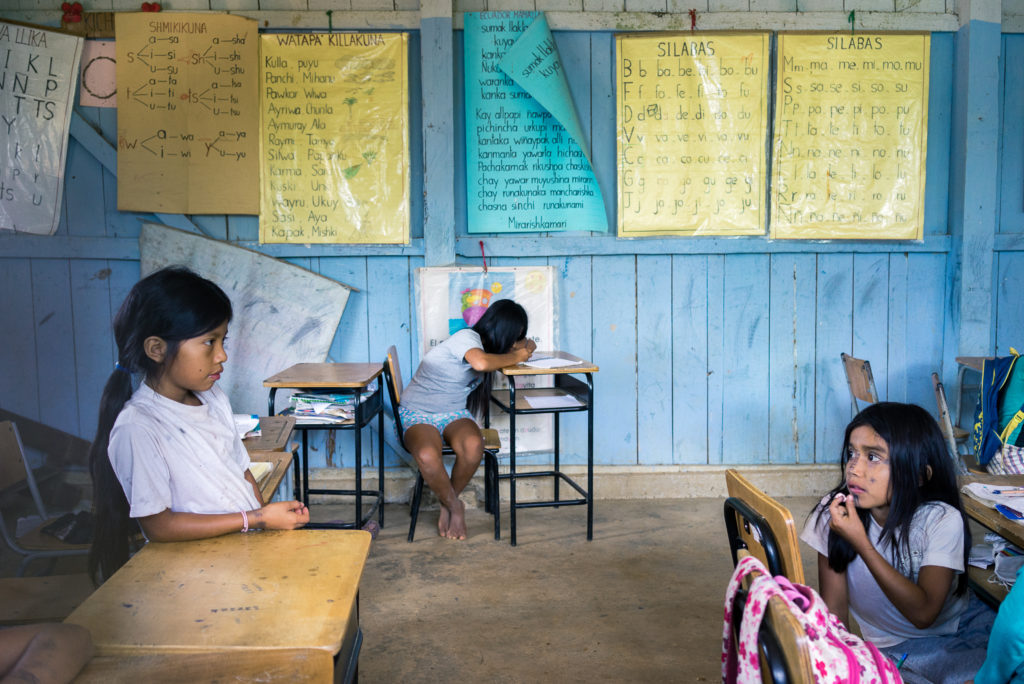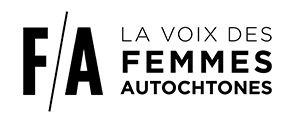
Of the 4000 indigenous languages, 2 680 are currently endangered. And when a language disappears, a whole culture and identity disappears with it.
In the Sarayaku community in Ecuador, at the traditional TAYAK WASI school, classes are given to children in two languages: Kichwa and Spanish. These lessons also integrate traditional knowledge: tales, cosmovision, knowledge,…
Gaspard Malaver is one of the teachers of this traditional school, which offers children from 3 to 7 years old the opportunity to learn their mother tongue before entering the classic primary school. He works in collaboration with the entire educational team, which is mainly female. In this community, women are at the centre of the transmission of ancestral knowledge and culture.
At the beginning of his classes, Gaspard Malaver reminds the children of the alphabet, asks them to form words and then sentences. “For example, with the A, we say Alla, which means mushroom, with the i iluche which is a wild fruit. Urqu is a mountain and now the pupils are going to make their own sentence”, explains the teacher. The children, enthusiastic, answer. “He wrote that the turtledove is in the forest and a snake comes and eats it”.
Through learning the language, the children also learn more about their culture. “The children create sentences exclusively from nature, plants and animals”, explains Gaspard Malaver. Words from “the world here”, on earth, he insists. “But the children know very little about the world above, and that’s what we have to pass on to them when they grow up, to tell them what we find there”.
Initially criticised by the parents, the teacher finally managed to make them understand the importance of these classes for the children of the community. “Today, they finally realise the importance of this teaching, which some parents no longer practise”.


